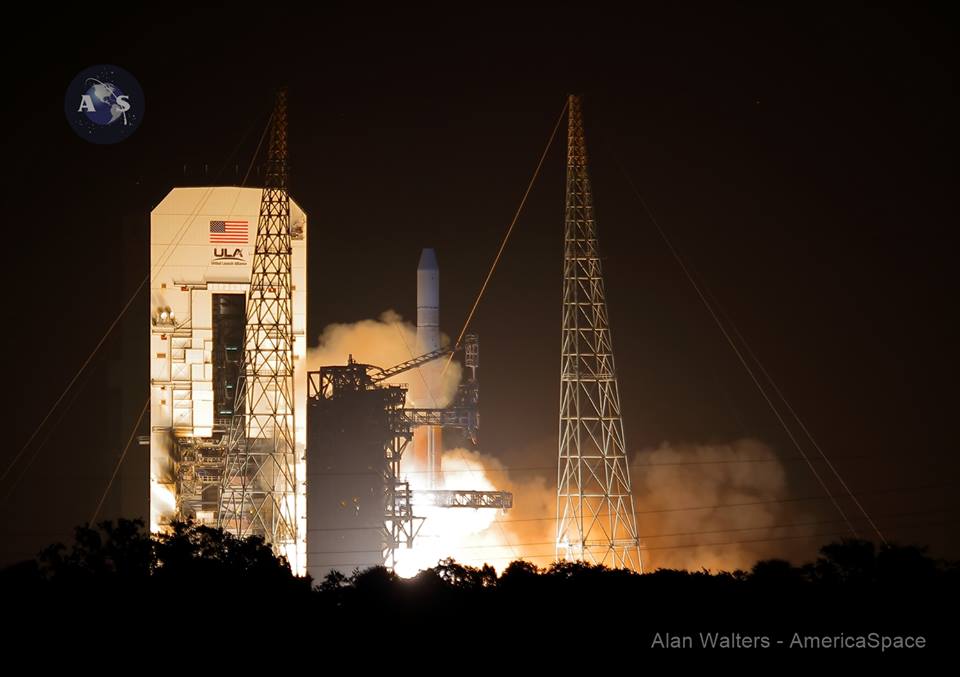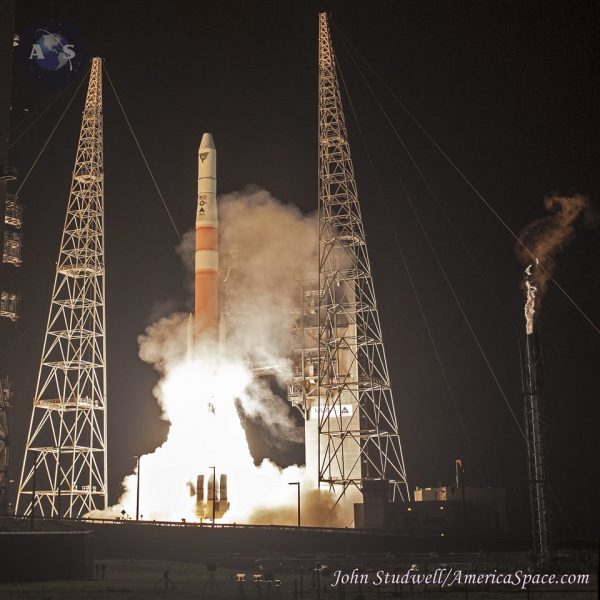
Comet McNaught has a hyperbolic orbit while within the influence of the planets, but is still bound to the Sun with an orbital period of about 10 5 years. As Hale–Bopp's value is less than 1, its orbit is elliptical and it will return. Examples include Comet Hale–Bopp with a value of 0.995 and comet C/2006 P1 (McNaught) with a value of 1.000 019. Non-periodic comets follow near- parabolic orbits and thus have eccentricities even closer to 1. Periodic comets have eccentricities mostly between 0.2 and 0.7, but some of them have highly eccentric elliptical orbits with eccentricities just below 1 for example, Halley's Comet has a value of 0.967. However, smaller moons, particularly irregular moons, can have significant eccentricity, such as Neptune's third largest moon Nereid (0.75).Ĭomets have very different values of eccentricity. Neptune's largest moon Triton has an eccentricity of 1.6 ×10 −5 ( 0.000 016), the smallest eccentricity of any known moon in the Solar System its orbit is as close to a perfect circle as can be currently measured. The four Galilean moons have an eccentricity of less than 0.01. The Moon's value is 0.054 9, the most eccentric of the large moons of the Solar System. Their comparatively high eccentricities are probably due to the influence of Jupiter and to past collisions. Most of the Solar System's asteroids have orbital eccentricities between 0 and 0.35 with an average value of 0.17. Even further out, Sedna, has an extremely-high eccentricity of 0.855 due to its estimated aphelion of 937 AU and perihelion of about 76 AU. Other Trans-Neptunian objects have significant eccentricity, notably the dwarf planet Eris (0.44). Before its demotion from planet status in 2006, Pluto was considered to be the planet with the most eccentric orbit ( e = 0.248). Such eccentricity is sufficient for Mercury to receive twice as much solar irradiation at perihelion compared to aphelion. Mercury has the greatest orbital eccentricity of any planet in the Solar System ( e = 0.2056). The table lists the values for all planets and dwarf planets, and selected asteroids, comets, and moons.

Over hundreds of thousands of years, the eccentricity of the Earth's orbit varies from nearly 0.003 4 to almost 0.058 as a result of gravitational attractions among the planets. Venus and Neptune have even lower eccentricities.

The eccentricity of Earth's orbit is currently about 0.016 7 its orbit is nearly circular. The 0 point on this plot is the year 2007. The arrows indicate the different scales used, as the eccentricities of Mercury and Mars are much greater than those of Venus and Earth. Plot of the changing orbital eccentricity of Mercury, Venus, Earth, and Mars over the next 50 000 years. The eccentricity may take the following values:Į = 1 + 2 E L 2 m red α 2 Examples

The eccentricity of this Kepler orbit is a non-negative number that defines its shape. In a two-body problem with inverse-square-law force, every orbit is a Kepler orbit.


 0 kommentar(er)
0 kommentar(er)
